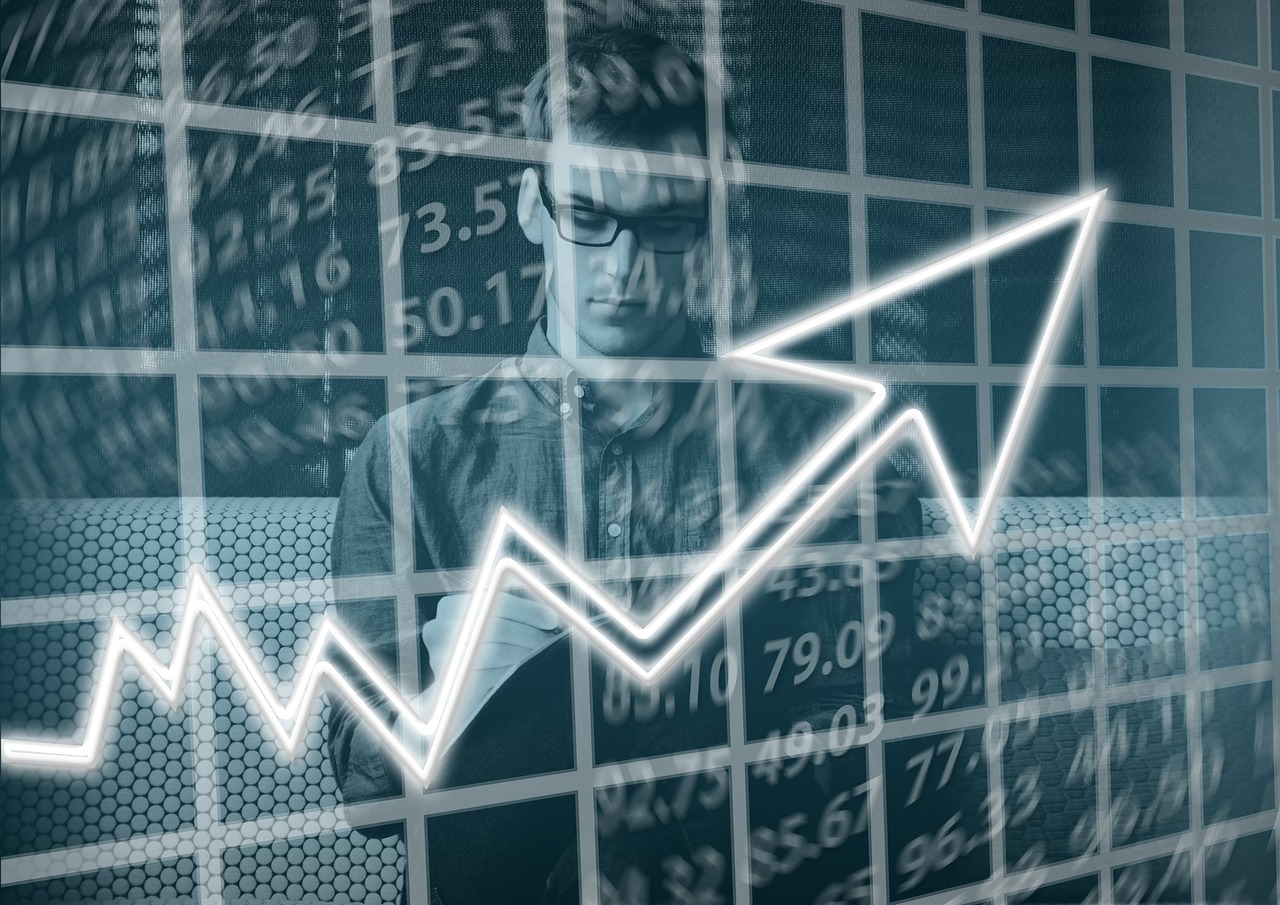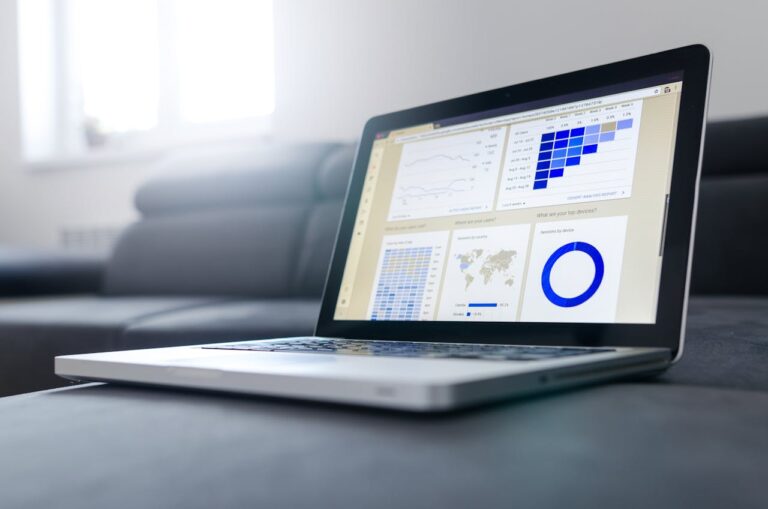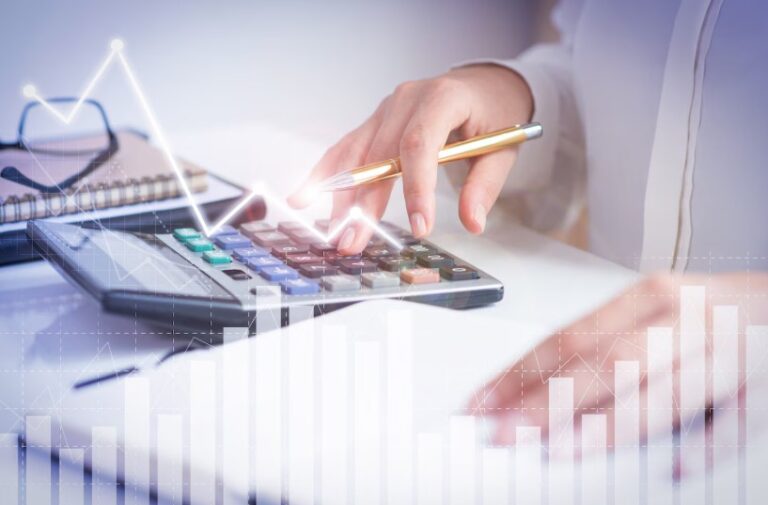
If you have traveled, you have most likely already engaged in forex trading; forex trading is the process of purchasing the currency of the country you are visiting while making payments with your home currency. For financial gain or to protect their assets, forex traders purchase and sell currencies. Every day, an estimated USD 5 trillion is traded, the majority of it on the margin. This market operates 24 hours a day, five days a week, allowing traders to capitalize on fluctuations in currency values. Let’s understand it in detail.
Introduction to Forex Trading
The daily value, or exchange rate, of the majority of the world’s currencies, is set by the Forex market. The amount of euros obtained when a visitor converts dollars into euros at a bank or exchange kiosk will depend on the current exchange rate. In the case of forex trading, an increase in the price of imported French cheese relative to the US dollar might indicate a rise in the worth of euros.
The Significance of Forex Trading
- An essential part of enabling global trade is forex trading. Businesses that conduct cross-border commerce will eventually need to swap currency. The liquidity required for these transactions is provided by the Forex market, facilitating smooth international trade.
- In addition to its primary function of enabling trade, Forex trading offers profitable chances for speculation. Traders benefit from currency swings by taking advantage of the constantly fluctuating exchange prices. Investors have the opportunity to pursue significant profits in the Forex market by utilizing a range of trading tactics and instruments.
- Because of its scale and liquidity, the Forex market has a big impact on the whole financial scene. Changes in exchange rates can affect a number of asset groups, such as bonds, equities, and commodities. As a result, macroeconomic patterns and investor mood are gauged via Forex trading.
Navigating the Forex Market: Essential Strategies for Success
Fundamental Analysis
Economic Calendar: The economic calendar is a key component of fundamental research used in Forex trading. With the potential to significantly affect currency values, this tool offers insightful information about upcoming economic events including central bank meetings, GDP releases, and job statistics. Traders are better able to predict market fluctuations and make well-informed trading decisions when they are aware of impending economic indications.
Interest Rate Variations: Interest rate differences between countries are a major factor in the value of currencies. In order to control inflation, promote economic expansion, and preserve currency stability, central banks modify interest rates. To create trading methods that work, one needs to understand the effects of interest rate fluctuations and how they affect currency pairs.
Technical Analysis
Assistance and Reluctance: To predict future price changes, technical analysis uses chart patterns and previous price data. Important ideas in technical analysis are support and resistance levels, which indicate points at which the price is likely to halt or move in the opposite direction. By recognizing these levels, traders can more precisely determine possible entry and exit locations.
Shifting Averages: Popular technical indicators and moving averages are used to detect trends and even out price variations. Moving average crossings are frequently used by traders to validate changes in momentum or trend reversals. Through the combination of several moving average periods and kinds, traders may obtain important insights into market movements and possible trading opportunities, regardless of the specificforex market hours.
Understand the Currency Pair in Forex Trading
Currencies are listed in pairs when trading forex, for example, USD/CAD, EUR/USD, or USD/JPY. The U.S. dollar (USD) is given against the Canadian dollar (CAD), the euro (EUR) is given against the USD, and the USD is shown against the Japanese yen (JPY).
With every pair, there will also be a price, like 1.2569. If this is the USD/CAD pair, one USD is worth 1.2569 CAD. If the price rises to 1.3336, one USD will now cost 1.3336 CAD. One USD now costs more CAD due to the increase in the value of the USD relative to the CAD.
Currency trades in lots on the forex market are referred to as micro, mini, and normal lots. A regular lot is 100,000, a mini lot is 10,000, and a micro lot is 1,000 of a certain currency. Exchanges occur inside predetermined currency blocks. A trader may swap three mini lots (30,000), seven micro lots (7,000), or seventy-five standard lots (7,500,000), for instance.
Also Read: Decoding the Criteria for Loan Against Property Eligibility
Risk Management
Size of Position:
To protect capital and maintain long-term success in Forex trading, effective risk management is essential. Based on their account size and risk tolerance, traders should choose the right position size for each trade. Using a consistent position size technique, such as forex line trading, guarantees disciplined trading behavior and helps to reduce possible losses.
The ratio of Risk to Reward
A crucial component of risk management is the risk-to-reward ratio, which aids traders in determining the possible return on the amount risked on a transaction. Traders can avoid entering trades with negative risk profiles and preserve a good risk-to-reward ratio by establishing specific stop-loss levels and profit objectives.








